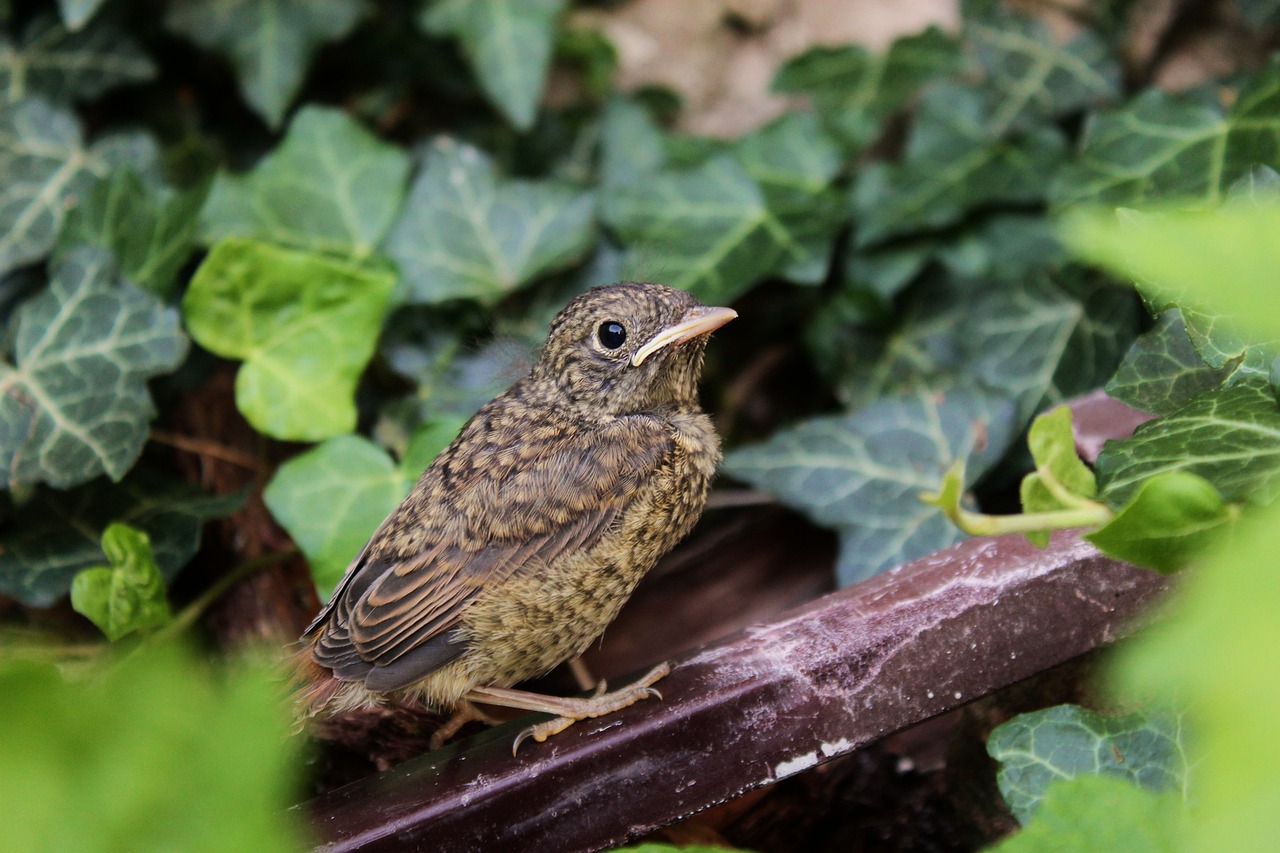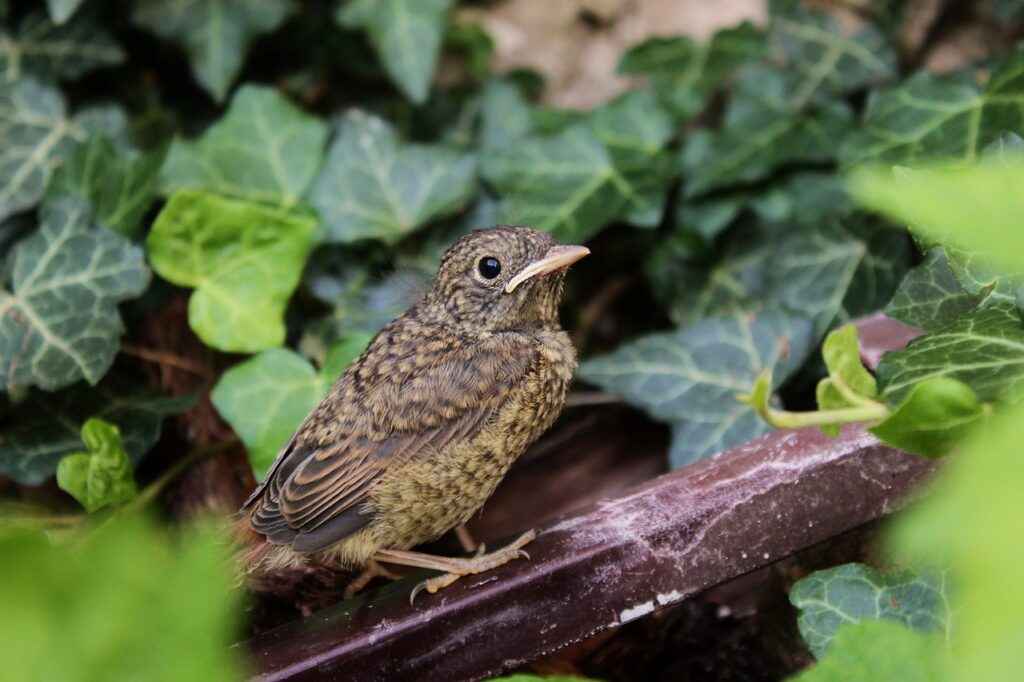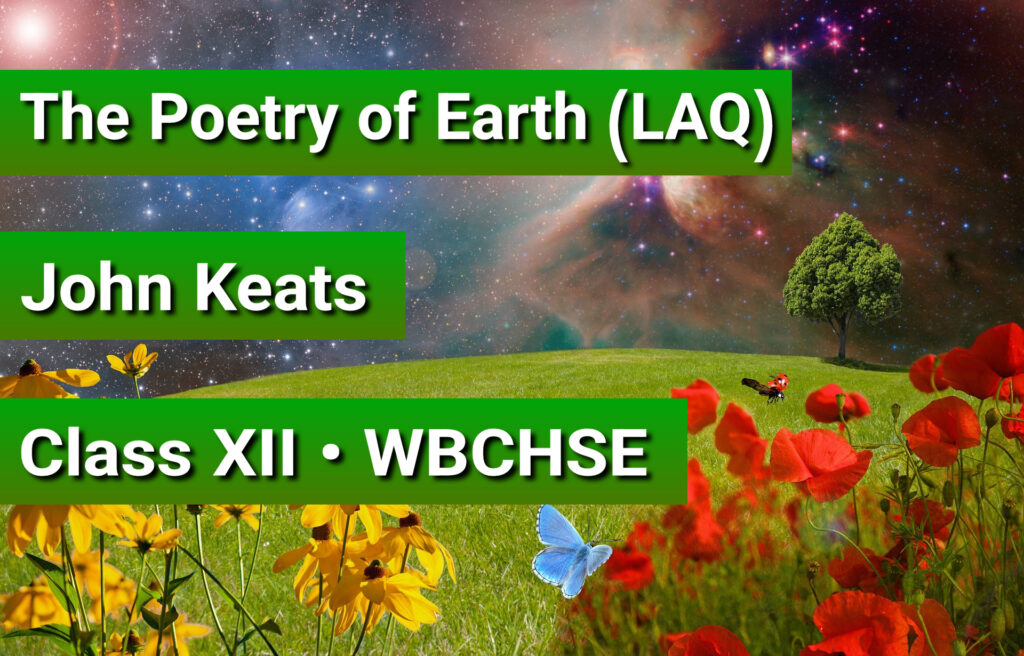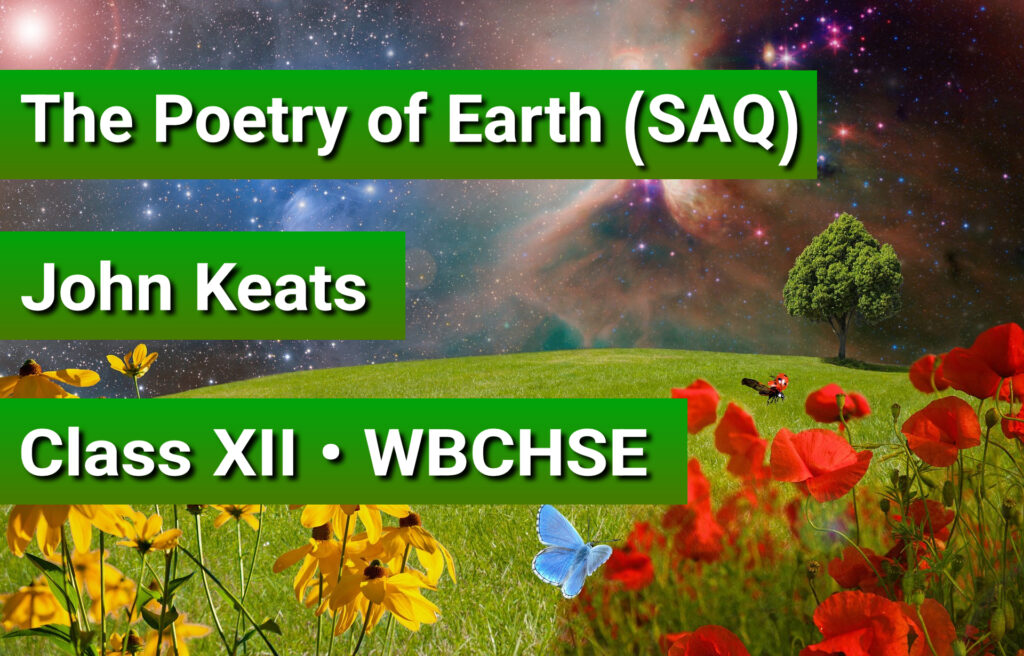
Critical Appreciation of Ode to a Nightingale

Critical Appreciation of Ode to a Nightingale
“Ode to a Nightingale” by John Keats is a sublime masterpiece of Romantic poetry that captivates readers with its profound exploration of themes such as mortality, nature, imagination, and the power of art. Composed in 1819, during a period of personal and financial struggles for the poet, the poem showcases Keats’ unique ability to express his own emotions while delving into the universal human experience. With its rich and evocative imagery, the ode not only transports the reader to the enchanting world of the nightingale but also invites contemplation on the ephemeral nature of human existence and the quest for transcendence through art.
1. Introduction: Engaging with the Ode
“Ode to a Nightingale” begins with a speaker lamenting his physical and emotional distress and seeking solace in the song of a nightingale. The opening lines set the stage for the profound exploration of mortality and the contrasting immortality of the nightingale’s song. Throughout the poem, Keats skillfully weaves together themes of transience, escape, and artistic inspiration, creating a captivating and immersive experience for the reader.
2. Imagination and Escapism
From the very beginning, the ode sets up a tension between the mortal world and the realm of the nightingale’s song, which represents a realm of pure imagination and escape. The nightingale’s music serves as a vehicle through which the speaker transcends his mundane existence and seeks relief from the harsh realities of life. In the opening lines, Keats introduces the nightingale as a “light-winged Dryad of the trees” (line 1), immediately drawing a connection between the nightingale’s song and the realm of myth and imagination.
The speaker’s desire to be “away, away” (line 55) from the “fretful stir” (line 56) of the world exemplifies his yearning for a realm beyond human limitations. The nightingale’s song becomes a symbol of the freedom of the human spirit, unfettered by the constraints of the material world. Keats’ exploration of escapism and the longing for a utopian existence through imagination is a hallmark of Romantic poetry.
3. The Contrasting Realms of Reality and Art
Keats juxtaposes the fleeting nature of human life with the eternal nature of the nightingale’s song. He ponders on the brevity of joy and happiness in the “tender is the night” (line 30) moments of life, which are often overshadowed by sorrow and pain. The “drowsy numbness” (line 2) that envelops the speaker symbolizes the numbness of the human soul, weighed down by the burden of mortality.
In contrast, the nightingale’s song is described as “unwearied” (line 35) and “full-throated ease” (line 36), representing the eternal nature of artistic expression and the enduring power of art to transcend time. The nightingale’s song, being both a symbol of art and nature, acts as a contrast to the transient nature of human existence, suggesting the capacity of art to offer solace and meaning in the face of mortality.
4. The Theme of Mortality
The theme of mortality lies at the heart of “Ode to a Nightingale.” The speaker is acutely aware of his own mortality, expressing a sense of melancholy as he contemplates the fleeting nature of human life. He ponders on the inevitability of aging and the passage of time, recognizing that “youth grows pale, and spectre-thin, and dies” (line 21). The idea of death and mortality haunts the poem, emphasizing the transitory nature of all human experiences.
The image of “poppies for a while” (line 16) and “flowers mourn” (line 20) reflects the cyclical nature of life and death, symbolizing the transient beauty of existence. This meditation on mortality serves as a reminder of the fragility of life and the importance of cherishing the present moment.
5. The Quest for Transcendence
Despite the acknowledgment of mortality, Keats explores the human desire for transcendence and immortality through art. The speaker longs to “fade far away, dissolve, and quite forget / What thou among the leaves hast never known” (lines 55-56), seeking a form of escape through artistic inspiration.
The nightingale’s song becomes a symbol of artistic transcendence, representing the eternal beauty that art can create. The poet’s yearning for the “viewless wings of Poesy” (line 57) reflects his desire to become one with the nightingale’s song and be transported to a realm beyond the limitations of the physical world. This quest for transcendence is central to the Romantic notion of the poet as a visionary and a seeker of truth.
6. The Role of Sensory Imagery
Keats employs rich sensory imagery to immerse the reader in the world of the nightingale. The imagery of the nightingale’s song being heard “in some melodious plot / Of beechen green, and shadows numberless” (lines 3-4) evokes a vivid image of the natural setting. The sensory details of the “verdurous glooms and winding mossy ways” (line 5) create a lush and enchanting atmosphere.
The imagery of the “daisies pied, and violets blue” (line 6) and the “small gnats” (line 9) dancing in the sunlight adds to the sensory richness of the poem. The detailed descriptions of the nightingale’s song, such as “pouring forth thy soul abroad / In such an ecstasy!” (lines 25-26), evoke a profound emotional response in the reader, reinforcing the theme of artistic transcendence and the power of art to evoke emotions.
7. The Contrast of Light and Darkness
Keats employs a contrast between light and darkness to further explore the themes of mortality and artistic transcendence. The “light-winged Dryad” (line 1) and the “light-footed” (line 4) nightingale represent the ethereal and immortal elements of nature and art. In contrast, the “drowsy numbness” (line 2) and the “fever-dew” (line 18) allude to the darker aspects of human existence, such as physical and emotional suffering.
The motif of “fade far away” (line 55) and the desire to “cease upon the midnight with no pain” (line 61) convey the yearning for release from the burdens of life and mortality. This interplay of light and darkness creates a stark contrast, highlighting the human struggle between the desire for escape and the acceptance of mortality.
8. The Power of Negative Capability
In “Ode to a Nightingale,” Keats exemplifies the concept of negative capability, a key aspect of Romantic poetry. Negative capability refers to the poet’s ability to embrace uncertainty, doubt, and contradictory emotions without seeking definite answers. The poem is filled with moments of ambivalence and contradictions, where the speaker expresses both a longing for transcendence and an acceptance of the limitations of the human condition.
Keats does not attempt to resolve these contradictions but instead revels in the beauty and mystery of the nightingale’s song and the complexity of human emotions. The poet’s ability to embrace the ineffable nature of the nightingale’s song without fully comprehending its meaning exemplifies his negative capability.
Conclusion: Immortalizing the Nightingale’s Song
“Ode to a Nightingale” by John Keats is a powerful exploration of mortality, imagination, and the transformative power of art. Through vivid sensory imagery and evocative language, Keats invites readers to join him on a journey into the enchanting world of the nightingale’s song. The ode serves as a profound meditation on the transient nature of human existence and the yearning for transcendence through artistic inspiration.
Keats’ ability to convey profound emotions and philosophical reflections through his poetic verses is a testament to his poetic genius. “Ode to a Nightingale” remains a timeless work of art that continues to captivate readers and inspire contemplation on the human experience and the enduring power of poetry. As readers immerse themselves in the captivating world of the nightingale’s song, they are reminded of the beauty and complexity of life, and the enduring allure of the nightingale’s immortal song.
*****
Read More:
More Questions and Answers from Ode to a Nightingale by John Keats
Written by Koushik Kumar Kundu
Koushik Kumar Kundu was among the toppers when he completed his Masters from Vidyasagar University after completing his Bachelors degree with Honours in English Literature from The University of Burdwan. He also completed B.Ed from the University of Burdwan.






Comments
No Comments Yet